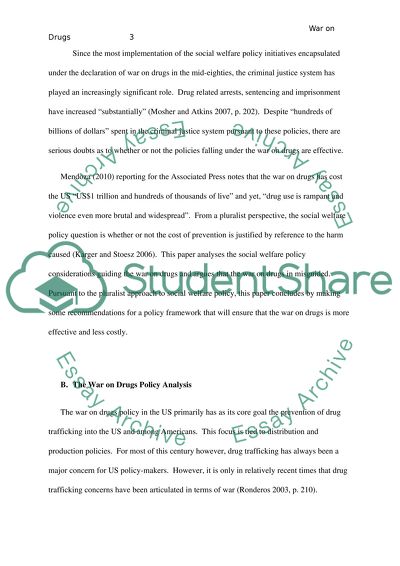Cite this document
(“Is the War on Drugs Effective Research Paper Example | Topics and Well Written Essays - 3500 words - 1”, n.d.)
Retrieved from https://studentshare.org/social-science/1575788-is-the-war-on-drugs-effective
Retrieved from https://studentshare.org/social-science/1575788-is-the-war-on-drugs-effective
(Is the War on Drugs Effective Research Paper Example | Topics and Well Written Essays - 3500 Words - 1)
https://studentshare.org/social-science/1575788-is-the-war-on-drugs-effective.
https://studentshare.org/social-science/1575788-is-the-war-on-drugs-effective.
“Is the War on Drugs Effective Research Paper Example | Topics and Well Written Essays - 3500 Words - 1”, n.d. https://studentshare.org/social-science/1575788-is-the-war-on-drugs-effective.


